Stop feeling badly about all the weeds in your yard. Many common backyard weeds are in fact edible. Instead of spraying and destroying the unwanted plants you could actually be feasting on free plants that are also nutritious. Keep reading to learn more about the backyard edibles you didn’t know you had.
Precautions
Before you start harvesting your weeds you need to be absolutely positive you know what you are eating. Not all weeds are edible and some may be toxic. Making a positive identification is critical as some weeds may be toxic to humans. Purchase a guide book on wild foraging or wild edibles to help you.
Also make sure the area in which you are harvesting is free from unsafe chemicals such as pesticides, fungacides, and herbicides. Fortunately, if you are picking in your backyard you should know what has or has not been applied to your lawn.
Green amaranth
Location: It grows through the United States and Canada
Where it grows: Gardens and flowerbeds
Description: This weed is also known as pigweed or red root as the base of the plant appears red or pink in color. It has soft, hairy, oval leaves with smooth edges. Seeds form at the top of the plant and beneath the top leaves in spiked clusters of several hundred seeds. The tiny seeds are black and circular, about the size of a poppy seed.
Edible parts: leaves and seeds
Preparation: The leaves may be consumed raw or cooked. Use as you would spinach. The seeds may be harvested by removing the dried seed head and placing in a bag. Shake the bag to remove the seeds. Add the seeds to granola or sprout them to add to salads.
Common Burdock
Location: This weed is located throughout most of the United States and southern Canada. It is considered invasive.
Where it grows: fields, pastures, sunny trails
Description: The common burdock plant has large, wavy, heart-shaped leaves that appear similar to rhubarb. The underside of the leaves may appear whitish and has a thin layer of hairs. The stem of the leaves may appear red or purple in appearance. The flowers of the plant are purple and look similar to thistle. It may take new plants up to four years before it flowers. The seeds of the plant are located in the burs or seedpods which stick to clothing and fur. The burs are one of the most recognizable parts of the plant.
Edible parts: Young leaves and stems may be eaten, but the best part of the plant is the tap root.
Preparation: Scrub and peel the tap root to remove the outer layer. Cook by boiling or stir-frying.
Creeping Charlie
Location: May be found throughout the entire United States and southern Canada
Where it grows: Moist and shady locations
Description: Creeping Charlie is an evergreen weed in the mint family that spreads by runners. It is pervasive in many yards and can be hard to get rid of. It grows close the ground and forms a mat-like ground cover of bright, round or kidney-shaped leaves with scalloped edges. The plant blooms in the early spring and the small purple-blue flowers appear in clumps of three. The whole plant smells of mint.
Edible parts: leaves
Preparation: The leaves may be eaten raw or cooked. Toss the leaves in a salad, soup, sandwich, or omelet. Tea may be prepared from dried leaves or fresh.
Dandelion
Location: Found throughout the United States and Canada
Where it grows: Mostly found in lawns
Description: Dandelion is common lawn weed that blooms yellow flowers in the spring. The leaves are long and notched and grow from a single base. Several flowers and stems may grow from one base. The stalks are hollow and contain a white sap that oozes when broken. The yellow flowers turn into seed heads which contain fluff to carry the seeds in the wind.
Edible parts: the entire plant is edible
Preparation: Eat the leaves raw in a salad or cooked. The newest leaves will be the least bitter. The flowers can be consumed in pancake batter, jelly, or ice cream. The taproot may be roasted and ground for a coffee substitute.
Plantain
Location: United States and Canada
Where it grows: Yards, playgrounds, driveways
Description: The leaves of the plantain plant are oval-shaped with veins running on the underside of the leaf. They grow in a cluster. Stalks shoot up from the middle of the plant in the summer forming seed spikes.
Edible parts: The leaves
Preparation: For the least bitter taste harvest leaves in the spring and early summer before the seed stalks appear. Leaves may be eaten raw or cooked. Blanch the leaves before consuming to make them more tender.
Purslane
Location: United States and southern Canada
Where it grows: Gardens and flowerbeds
Description: The stalk and leaves of purslane are thick like a succulent. The leaves are thick and paddle-shaped and does not bleed milky residue when torn. The stems are round and may appear reddish.
Edible parts: Leaves and stems
Preparation: Eat small amounts occasionally as large quantities may be toxic. Eat raw in salads, cook in stir-fry or make them into pickles.
Yellow wood sorrel
Location: United States and southern Canada
Where it grows: Gardens and flowerbeds, yards
Description: The leaves of wood sorrel look similar to clover, however each leaflet is heart-shaped rather than rounded. The plant is small and does not grow over a foot in height. Yellow flowers form in the summer.
Edible parts: Leaves and flowers taste sour like a lemon. Eat small amounts occasionally as large quantities may be toxic.
Preparation: Its best when raw as it turns an unappealing color when cooked. Add to salads and sandwiches.
Lambsquarters
Location: United States and Canada
Where it grows: Gardens and flowerbeds
Description: The leaves of lambsquarter are triangular and diamond-shaped which alternate up the stalk. The edges of the leaves are scalloped. The top of the weed appears grayish or white with the bottom of the plant appearing green. The stem may have reddish streaks. Seeds form in spiked clusters in late summer and turn yellow when ready to harvest.
Edible parts: Leaves and the stalks of young plants. The stalks of taller plants may become woody.
Preparation: Use as a spinach substitute cooked or raw.
Clover
Location: United States and Canada
Where it grows: Fields, yards, vacant lots
Description: Clover, be it red or white, is a low-growing plant with several leaves in clusters of three. Flowers may be red or white depending on the variety. Flowers begin blooming in late spring and continue through most of the summer.
Edible parts: The leaves and flowers are edible, but flowers are preferred.
Preparation: Eat the flowers and leaves raw in a salad or add the flowers to pancake batter. Dried flowers may also be used to make tea.
Kudzu
Location: It is found in the southern United States and considered invasive
Where it grows: Sunny locations
Description: The climbing vine will grow on anything. It is yellow-green and can grow very quickly, as much as 1 foot per day. The leaves grow in clusters of three and are dark green on a bristly vine. The leaves grow to about 6 inches in length.
Edible parts: The leaves, flowers, blossoms, vine, and roots are edible.
Preparation: Use the fragrant blossoms to make jelly or candy. The starchy root can be deep fried or cooked into soups or stews. Flowers can be eaten in a salad along with the leaves and tender stems.

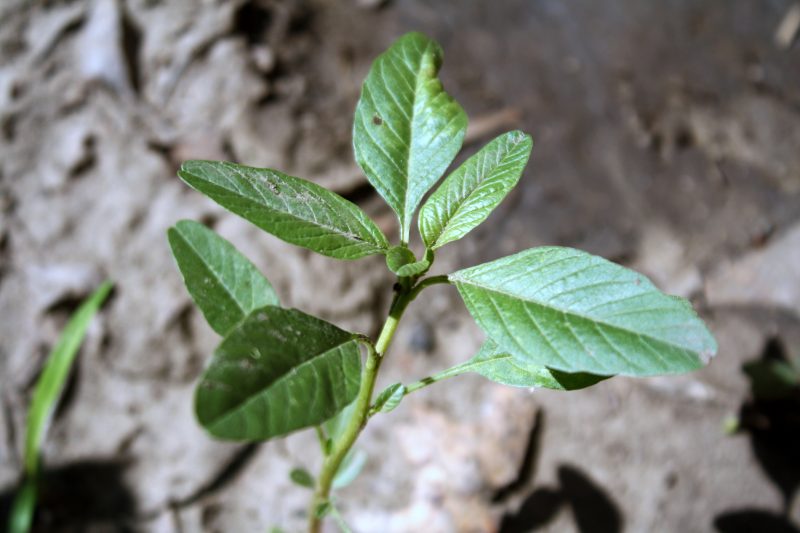
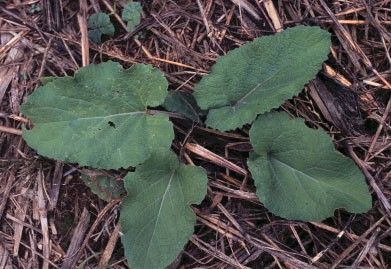
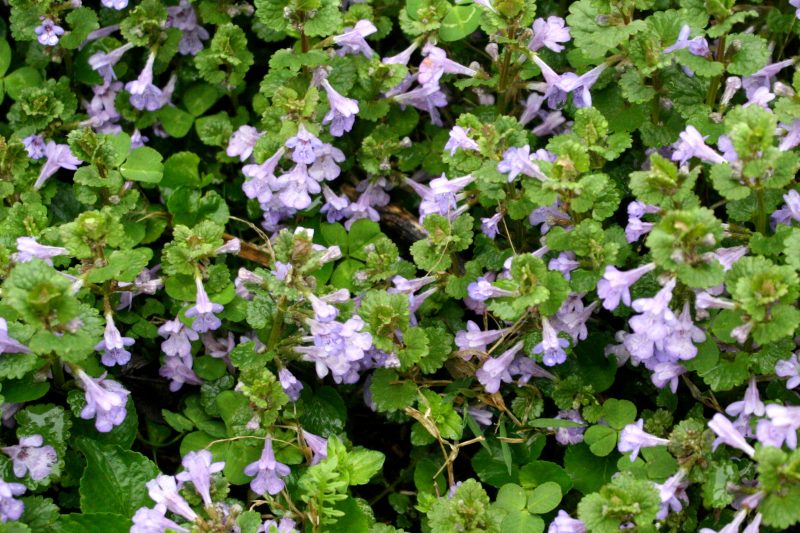

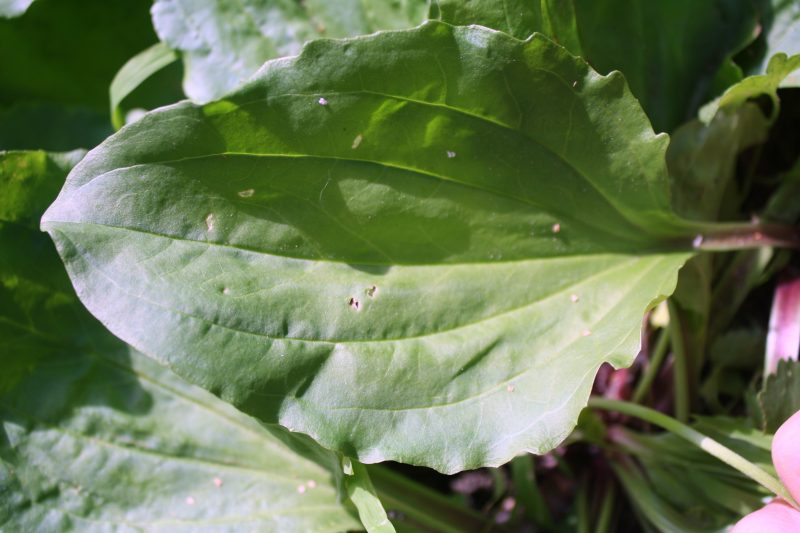
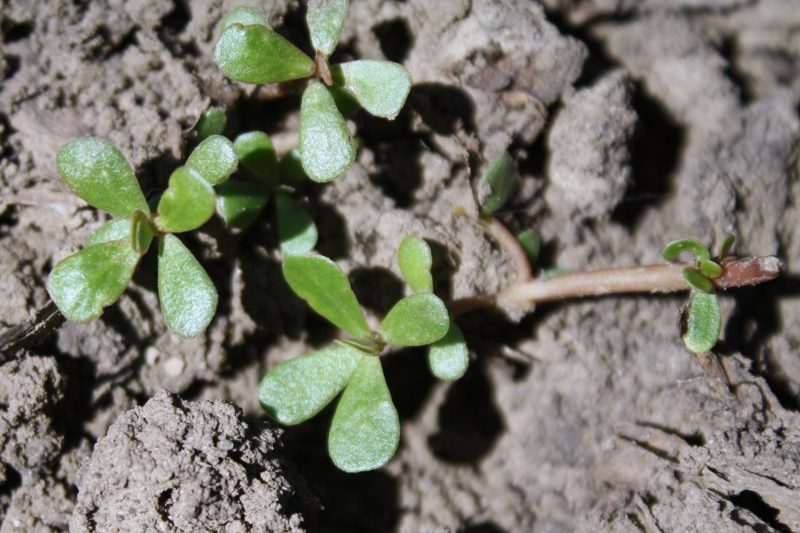
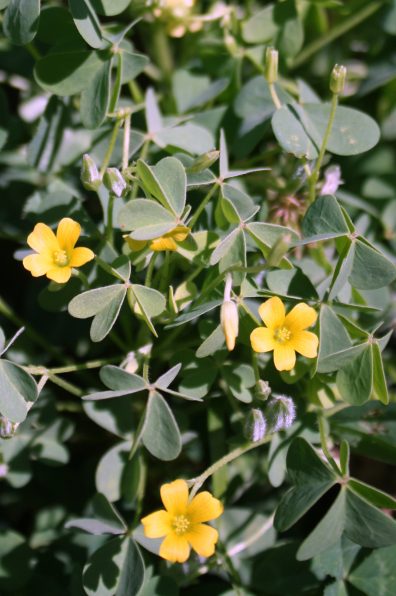
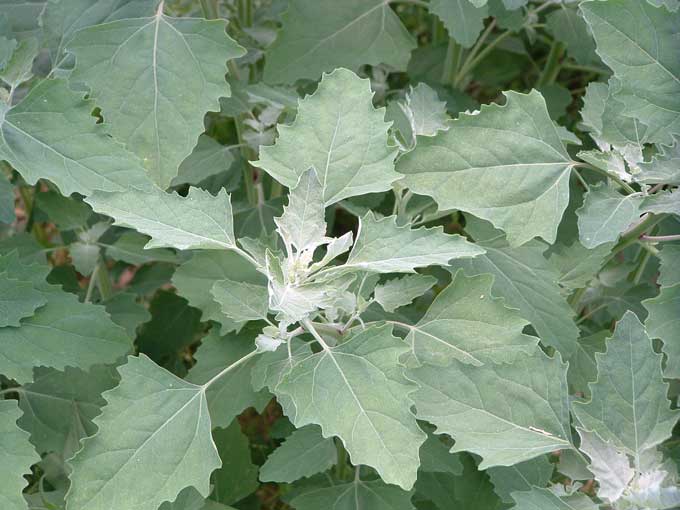


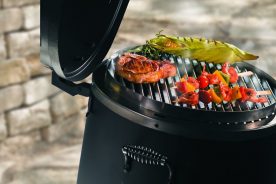

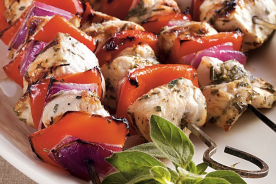

No Comments